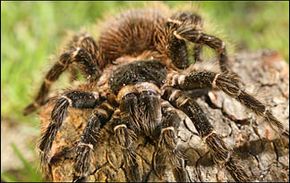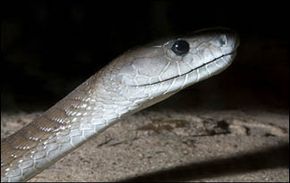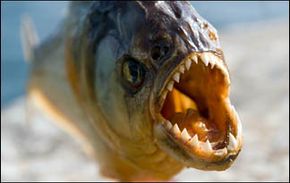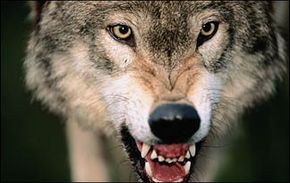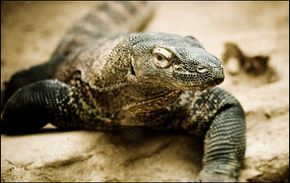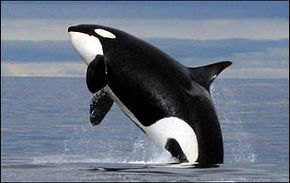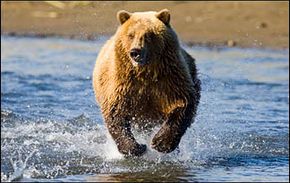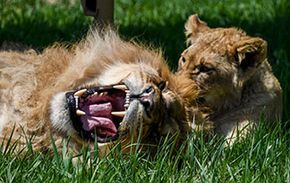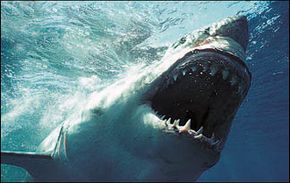Key Takeaways
- The top predators in the world include the great white shark, known for its powerful bite and hunting technique, and the lion, which hunts cooperatively in prides.
- Other notable predators are the grizzly bear, famous for its strength and speed, and the killer whale, which uses sophisticated hunting strategies.
- Predators like the Komodo dragon, crocodile and gray wolf are also among the most feared, each with unique adaptations for hunting and survival.
Predation certainly sounds (and is) utterly brutal. There's simply no way to sugarcoat the pursuit and killing of animals, except to say that it's done for survival. Fearsome though they are, predators are actually an incredibly important part of the world's ecosystem because they keep animal and plant populations from getting out of control, and thus riddled with disease.
Whether they hunt solo or in a pack, predators are equipped with some truly fearsome tools to help them get the job done. Some, such as birds of prey, sport incredibly sharp vision capabilities, whereas others rely almost exclusively on their sense of smell to locate prey. Don't feel too sorry for their would-be victims, however. They have their own armory of defense mechanisms to provide protection, including camouflage, speed and even poisonous skin.
Advertisement
Although all predators are terrifying in their own right, some inspire more fear than others, whether by their size, hunting skills or sheer cunning. So take a look at this list of the top 10 predators in the world to satisfy your curiosity from a safe distance. Trust us, you don't want to come across one in person. The end result might not be pretty.

